With the continuous advancement of technology, exoskeleton robots are gradually becoming the focus of attention as advanced rehabilitation and assistive devices. These robots, designed with biomimicry, combine mechanical, electronic, and computer technologies to provide unprecedented rehabilitation and functional support for users. Whether helping people with limited mobility to regain their stride or providing extra strength and support for industrial workers, exoskeleton robots demonstrate enormous potential and application prospects.
One of the greatest advantages of exoskeleton robots is their rehabilitation function. For individuals whose mobility is limited due to accidents, sports injuries, or diseases, exoskeleton robots can serve as invaluable aids. By providing additional support and strength, exoskeleton robots can assist users in rehabilitation training, accelerating muscle strength and functional recovery. For example, for spinal cord injury patients, exoskeleton robots can help them relearn standing and walking, improving their quality of life and independence.
In addition to their rehabilitation function, exoskeleton robots also show broad application prospects in the industrial field. In heavy industrial production, workers often engage in repetitive motions for extended periods, which can lead to muscle fatigue and injury. Exoskeleton robots can alleviate the burden on workers by providing additional support and relieving weight, thereby enhancing work efficiency and safety. Moreover, exoskeleton robots can be used to extend workers’ capabilities, such as increasing lifting capacity or extending working hours, thus improving production efficiency and product quality.
With the continuous advancement of technology and the expansion of application scenarios, the development prospects of exoskeleton robots are becoming even broader. In the future, with further improvements in materials, sensors, and control technologies, exoskeleton robots will become smarter, lighter, and more adaptable to a wider range of application scenarios. We believe that exoskeleton robots will continue to bring revolutionary changes to the fields of rehabilitation and industrial production, reshaping the relationship between humans and technology and injecting new vitality into the future of social health and economic development.



